From the October 2023 issue of Apollo. Preview and subscribe here.
Between April 1770 and March 1772, Theresa Parker, née Robinson sat for Joshua Reynolds. The painter was pleased enough with the resulting image of his patron and friend to include it in the Royal Academy show of 1773. As Theresa noted, ‘some abuse it, and some admire it, which every body must submit to that suffers themselves to be exhibited’. Its final destination was to be the Parker family seat at Saltram, near Plymouth, where it was hung high on the wall of the Saloon, a pendant to Marcus Gheeraerts the Younger’s portrait of one of Theresa’s husband’s ancestors. It has remained there ever since.
Recently, however, this portrait has spent time in the National Trust’s conservation studio at Knole in Kent. Liberated from a general brown and black gloom, created by varnish, overpaint and dirt, its colours have sprung back into life. Theresa’s drapery turns out to be a confection of blue and pink; the surrounding landscape is revealed as a sensitive study of autumnal colours, punctuated by the sheen of silver birches. The restored work now hangs in the first room of ‘Reframing Reynolds: A Celebration’, organised to commemorate the tercentenary of the artist’s birth. Thus revived, it there launches an exhibition which invites us to look at Reynolds’s work with fresh eyes.
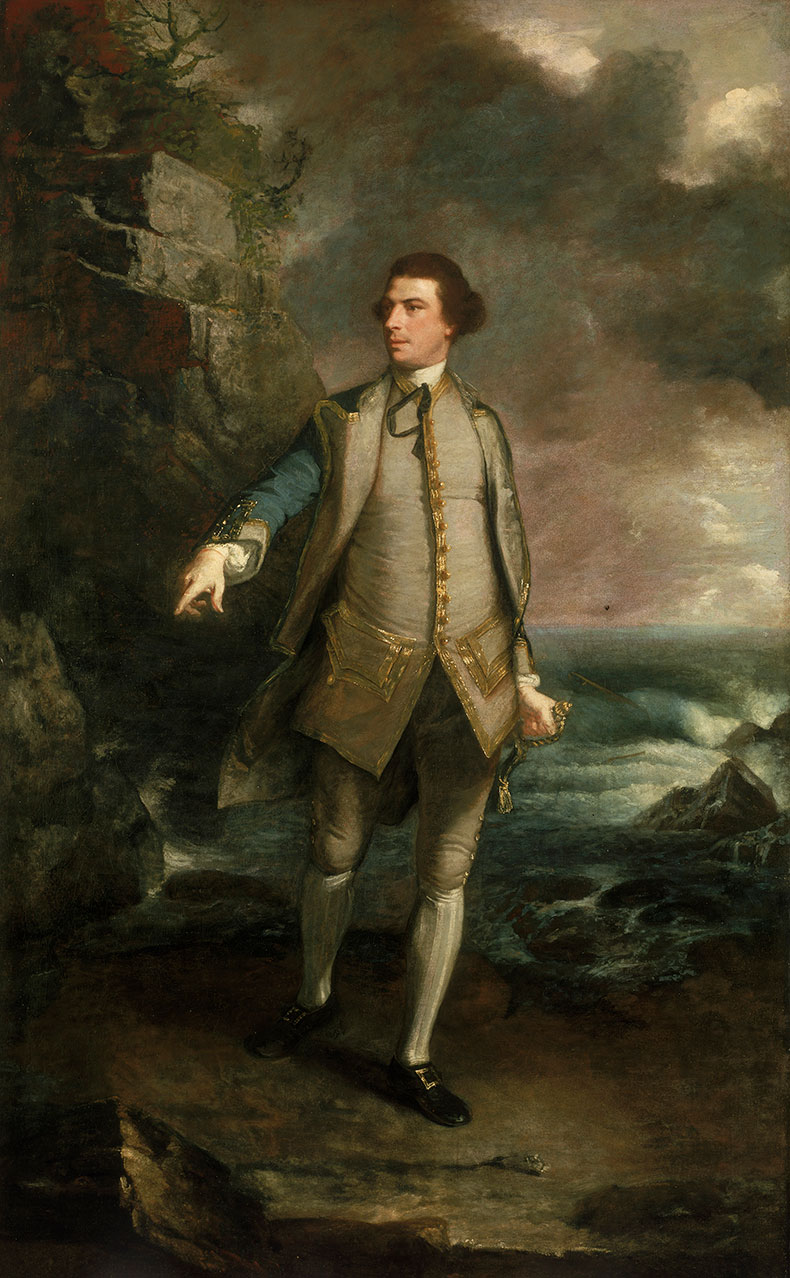
Portrait of Admiral Augustus Keppel (1752), Sir Joshua Reynolds. National Maritime Museum, London
Birthday celebrations for Joshua Reynolds have been surprisingly few and far between: a collection trail here, a public event there, and only one other exhibition per se (at Harewood House near Leeds). The Box’s show is modestly proportioned, occupying just two galleries, but what it lacks in scale it makes up for in nuance and ambition. To both ‘reframe’ and to ‘celebrate’ is a difficult trick, but this exhibition pulls it off. The loans from a variety of UK collections are impressive, including five from Woburn Abbey, which is currently closed for refurbishment. In something of a family reunion, on one wall, the portrait of Lady Elizabeth Keppel from Woburn, depicted in the garb she wore as bridesmaid to Queen Charlotte, hangs next to that of her brother, Captain Augustus Keppel, from the National Maritime Museum. He strides across a windswept shoreline, one hand on his sword, the other issuing orders. She, meanwhile, drapes garlands of flowers around a statue of Hymen, the light glinting off the elaborate trimmings of her dress, her body twisted in a complex contrapposto as she turns to look down at her Black maidservant.
The Plymouth museum proudly claims Reynolds as a local boy. His rise to fame and fortune was from fairly humble origins as the son of a Devon schoolmaster and cleric. The Reverend Samuel Reynolds is represented here in a lively early portrait by his son, the half-length profile showing his distinctively long nose, tightly closed mouth, ruddy cheeks and jowly chin. This work is included in a clutch of images marking the artist’s early career in Plymouth Dock, when naval officers featured prominently among his clientele. The portrait of a young man, loaned by the Barber Institute, likely represents one of these sitters. Its proportions – 35 by 25cm – suggest either a ship’s cabin as its intended destination, or the relatively modest home of a loved one left behind. In a Titianesque device at odds with the modest scale of the picture, a painted ledge creates a barrier with the viewer and tempers its intimacy.
The exhibition includes some of the many self-portraits Reynolds painted over the course of his career. He was clearly drawn to these introspective exercises by temperament, but self-portraits were also expected of him as his social and professional standing grew. In his very first example of one in oils, Reynolds is bright eyed and ruddy cheeked; in his last, the redness of his face denotes his age and rheumy, strained eyes point to the fact that he was now steadily losing his sight. Another self-portrait emphasises the artist’s scarred mouth, the result of a riding accident; Self-Portrait as a Deaf Man (c. 1775) shows him cupping his ear; his hardness of hearing said to be the result of catching cold while studying art in the Vatican. This is a journey through both Reynolds’s career and the physical tolls of living and painting.
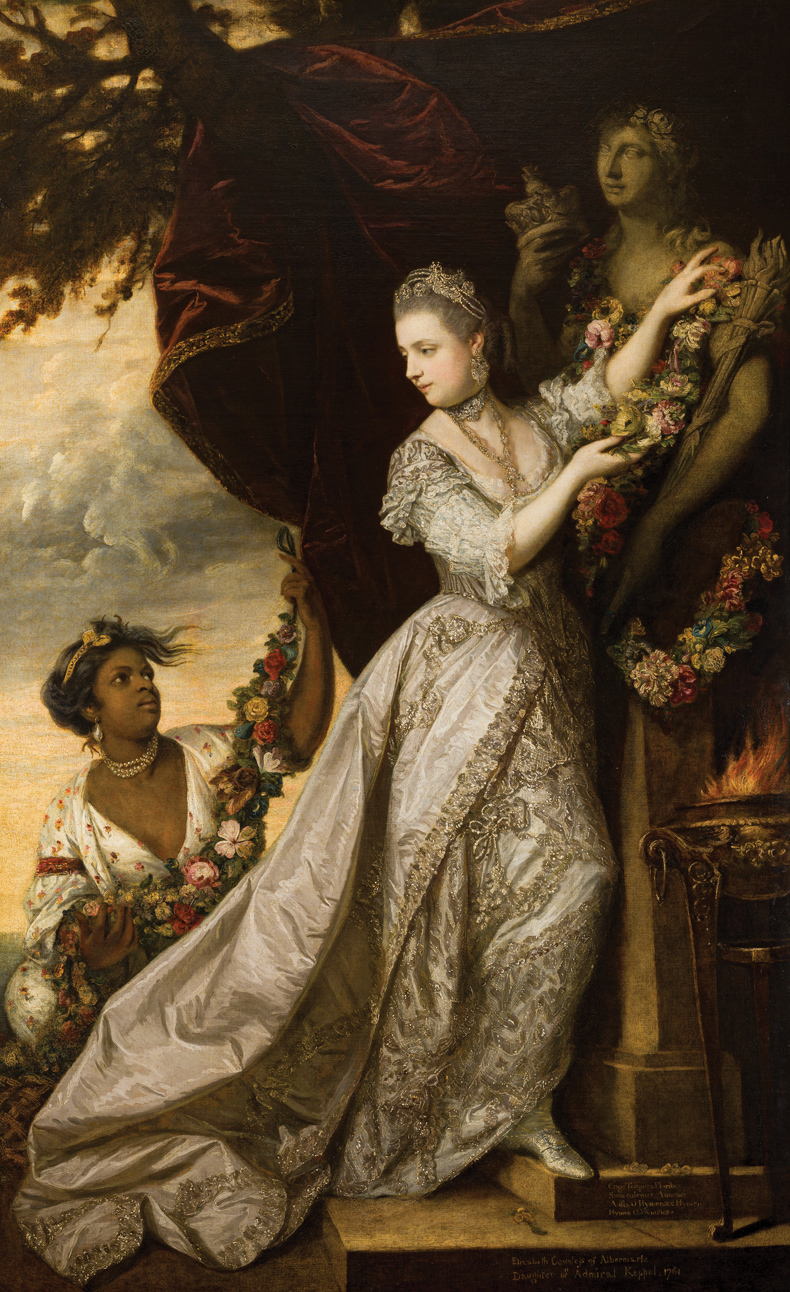
Portrait of Lady Elizabeth Keppel as a Bridesmaid, exhibited in 1762, Joshua Reynolds. Woburn Abbey
So far, fairly predictable – but the exhibition also succeeds in reframing its subject. For instance, a number of portraits invite us to think about what the painter owed to the women in his family. A half-length oval of his sister, Mary Palmer, may be only moderately appealing as a work of art, but it also points to her own artistic practice. In addition, she provided crucial financial support for Reynolds’s training. We also see a portrait of another sister, Frances, whose pale face is cocooned in an expanse of dark canvas. An artist in her own right, Frances kept house for her brother until he forced her to leave in the 1770s, and was discouraged from pursuing painting professionally. Reynolds meanly said that her copies after his own works ‘make other people laugh, and me cry’.
In another example of reframing, our attention is drawn to the fact that Elizabeth Keppel’s servant was not mentioned in the painting’s title of 1762 (‘Whole length of a lady’); she is yet another unnamed Black person in a European portrait, underscoring her mistress’s status, wealth and whiteness. While the first room opens with the full-length painting of Theresa Parker, the second begins with a small copy of Reynolds’s portrait of an unnamed black servant, perhaps Francis Barber, a formerly enslaved man from Jamaica who worked for Samuel Johnson.
The themes of the show are meticulously researched, but elegantly and effectively communicated. Even the presence of less impressive works makes a good deal of sense. The second room, for example, includes some underwhelming copies, but these play their part in an account of Reynolds’s technical methods and business practices. A welcome focus on materials and making also informs the presence of three new works by Rana Begum that respond to three portraits in the show. Begum’s geometric dissections of Reynolds’s use of colour, texture and light then prompt the visitor to visit a touring exhibition of her work, currently also at the Box. This is clever curating.
‘Reframing Reynolds: A Celebration’ is at the The Box, Plymouth until 29 October.
From the October 2023 issue of Apollo. Preview and subscribe here.
Unlimited access from just $16 every 3 months
Subscribe to get unlimited and exclusive access to the top art stories, interviews and exhibition reviews.

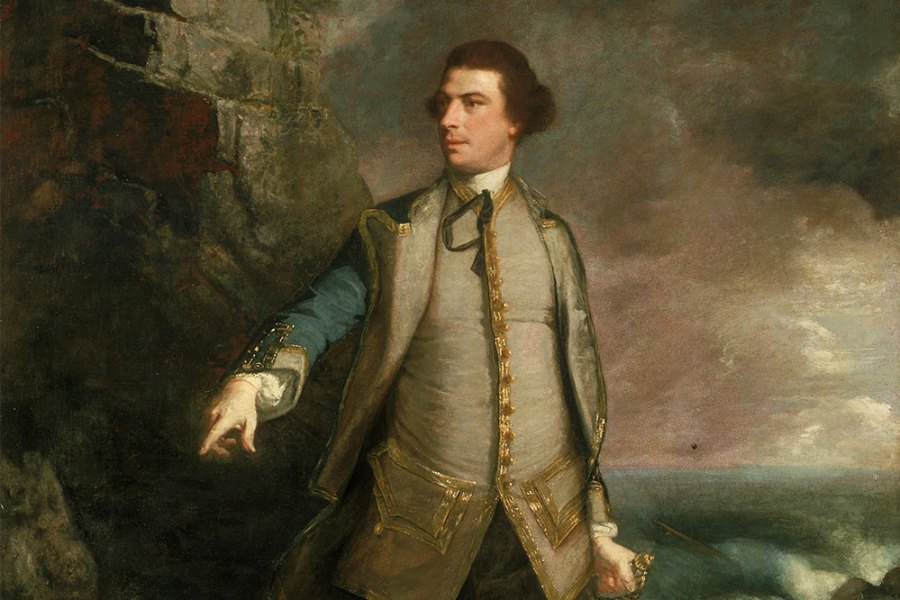
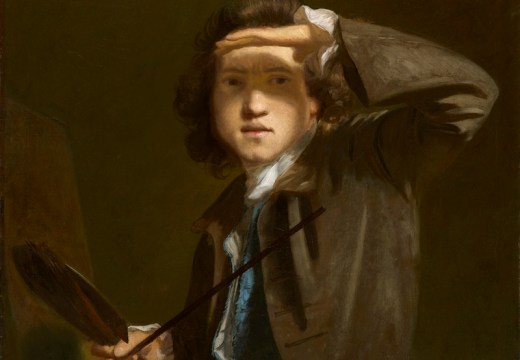
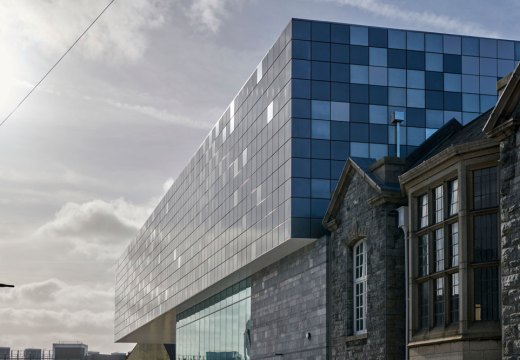
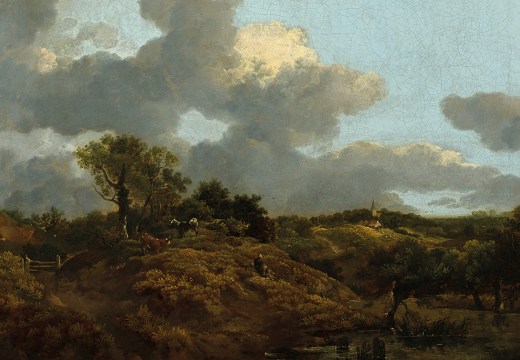

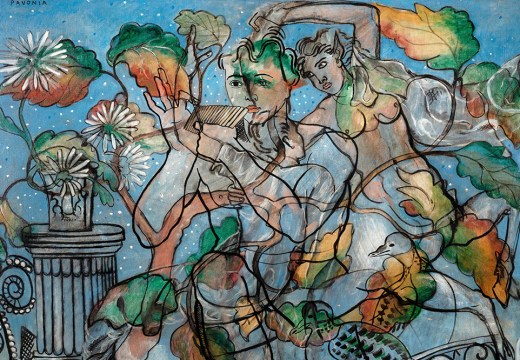
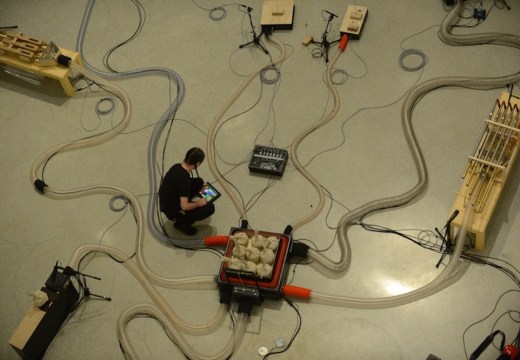






![Masterpiece [Re]discovery 2022. Photo: Ben Fisher Photography, courtesy of Masterpiece London](http://www.apollo-magazine.com/wp-content/uploads/2022/07/MPL2022_4263.jpg)
Has arts punditry become a perk for politicos?